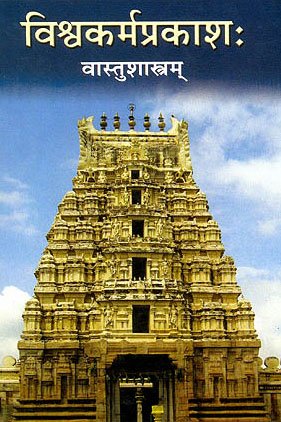Ratnavinyasa, Ratna-vinyasa, Ratnavinyāsa: 1 definition
Introduction:
Ratnavinyasa means something in Hinduism, Sanskrit. If you want to know the exact meaning, history, etymology or English translation of this term then check out the descriptions on this page. Add your comment or reference to a book if you want to contribute to this summary article.
In Hinduism
Vastushastra (architecture)
Source: McGill: The architectural theory of the MānasāraRatnavinyāsa (शिवार्चन, “gem-placing”) refers to a rtiual, following śivārcana, that completes the trasnference of Śiva as deity manifest in the image, according to Mānasāra chapter 70.—The sthapati next conducts the ritual of ratnavinyāsa, placing of the gems in the pedestal upon which the image is to be erected. Nine chambers are prepared in the center of the pedestal according to the Pīṭhamaṇḍala of nine squares. The navaratna, nine precious stones, are placed therein as stipulated. Following this, the image is installed upon the pedestal. In the Mānasāra, this marks the constructional and ceremonial completion and inauguration of the temple.

Vastushastra (वास्तुशास्त्र, vāstuśāstra) refers to the ancient Indian science (shastra) of architecture (vastu), dealing with topics such architecture, sculpture, town-building, fort building and various other constructions. Vastu also deals with the philosophy of the architectural relation with the cosmic universe.
See also (Relevant definitions)
Partial matches: Ratna, Vinyasa.
Full-text: Shivarcana.
Relevant text
No search results for Ratnavinyasa, Ratna-vinyasa, Ratnavinyāsa, Ratna-vinyāsa; (plurals include: Ratnavinyasas, vinyasas, Ratnavinyāsas, vinyāsas) in any book or story.